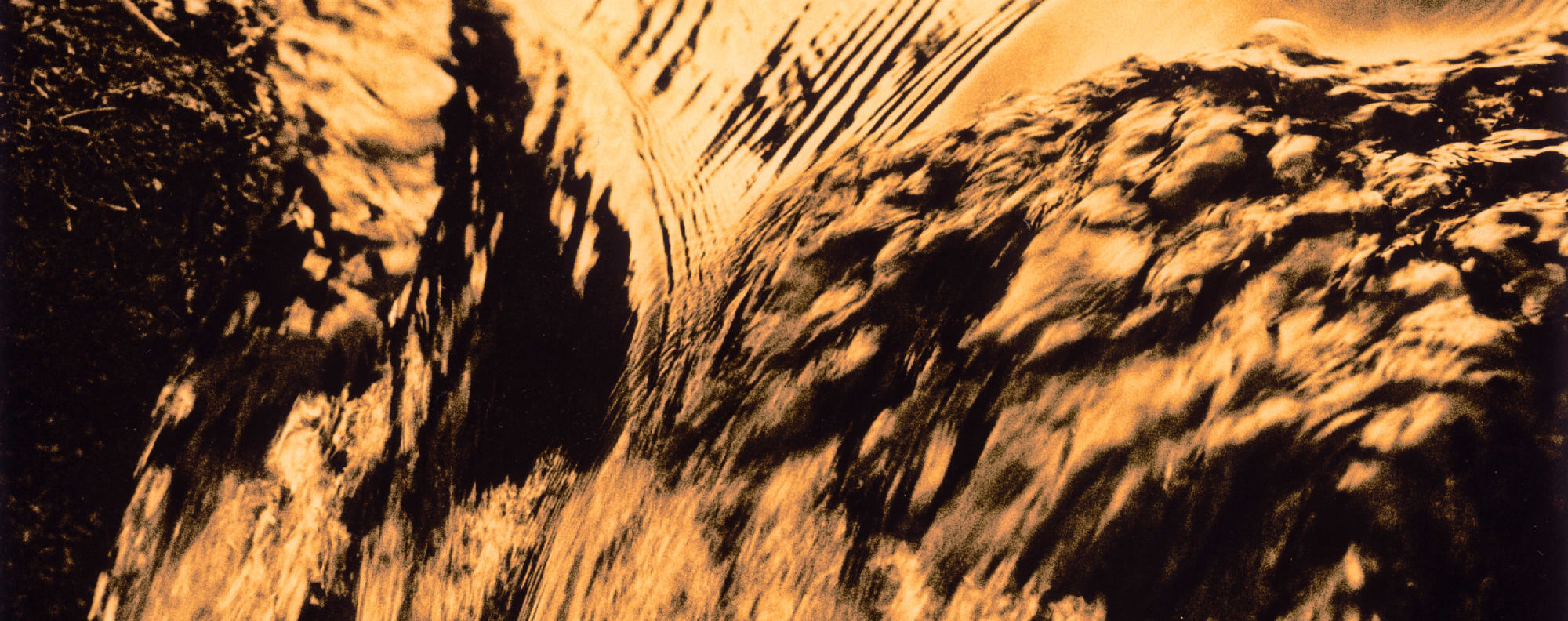I think Nooitgedacht does not appear on the plans because it was a railway carriage without a railway! A photo of August 1926 shows a group including Hugo’s brother and nephew with whom he shared the carriage, ex-Caledonian Railway I am told. Hugo was to have various homes at Whiteway or stayed with friends on or off for the rest of his life. His career came first. In Duke Street Arcade, Cardiff had been a branch of a large photographic company H.J. Whitlock and Sons. Probably because of this Hugo became a studio assistant at their Wolverhampton studio. One of the few close personal friends Hugo ever made was Alan Pope, a Welsh miner disabled by silicosis and a Communist to boot. Alan’s mother lived at Whiteway and it seems that while working in Wolverhampton Hugo spent his spare time at Whiteway. He built his second home there in 1929 from asbestos sheets and called it “Asbestolin”. It’s still sort of there but Hugo had to sell it almost immediately. It is said it went to a Home Office spy! By 1930 Hugo was with Whitelock’s Birmingham branch promoted to chief operator. In 1931 he moved to their London branch in prestigious Bruton Street where his most notable, but rather dull, portrait was of the Duke of York, later to become King George VI. By 1933 he was in the first of his own studios on The Promenade, Cheltenham which were to dominate the rest of his life. His great skill was in photographing people, particularly children in natural surroundings by available light, comparatively rare then and one in which he showed great patience and great skill. It paid off for one of his assistants said that in 1947 he sometimes banked £450 a week! His great passion was landscape photography. No one photographed the Cotswolds more lovingly than this Dutchman. The Whiteway Colony is actually in a rather boring part of the Cotswold country but is within easy reach of some of the most beautiful parts. Living in the Colony in Hugo’s time were still a few anarchists but also communists, socialists, free thinkers, radicals, pacifists, refugees, naturists, vegetarians – the one thing they had in common was an unwillingness to accept conventional ways of thought. It is hardly surprising that Hugo challenged the conventional aesthetic of Pictorialism and that in a commune containing at least one philosopher (Francis Sedlak) and one ethnographer of repute (Gaspard Marin) his challenge should be carefully thought through to its logical conclusion. The reason the 1942 “Confessions” text is so important is because it is very rare for a photographer to present his philosophy so logically and so carefully crafted. “Wayside Snapshots” five years later is much longer but, because of editorial demands, is more conversational and reminiscent. Let me give some 1942 quotes and if they seem rather obvious add the reminder that they are 50 years old and do not hurt for the restating today. “It was absurd to suppose that the exquisitely delicate artistry of the camera could be enhanced by clumsily superimposed handwork.” “I fell into the error, almost universal at that time, of supposing that no plain, straightforward photograph could be an exhibition masterpiece.” (Shades of The Tate!) “It was generally accepted that no machine – made product could possibly be aesthetically satisfying.” (Shades of Ruskin!) “Science and art are commonly said to represent irreconcilable opposites, but in photography they combine to open up an entirely new world.” “The camera is an extension of the human eye.” And so on. As I started writing these down, I realised they were never ending but increasingly as I kept saying to myself “I know that”, made the enormous effort to cast my mind back to 1942 and to consider the state of art photography, creative photography, call it what you will, at that time. Cartier-Bresson, Robert Capa were unknown except to a handful. Renger-Patzsch might be glimpsed in a yearbook amid a hotchpotch of miscellaneous images. Steichen was away at war photographing aircraft carriers but landscape was virtually a lost art. Sometime between 1925 and 1935 when the first of the important landscapes was made Hugo “began seriously to question the validity of deeply felt aesthetically held beliefs”. He could not discard overnight “my early development (which) was inevitably conditioned by the social and cultural background of the period in which my photographic career started”.
Hugo rarely mentions directly the family influence. His mother seems to have been intimidating and not liked by anyone. Like any would-be psychologist one suspects this coloured his attitude to women for the whole of his life. But his father? He did not leave home till he was 33 so they must have been able to get along together but, as he hints, perhaps he was exasperated by his father’s impracticality. A would-be psychologist will see from this the toughness, which although in a velvet glove made him a highly successful commercial photographer, one not given to the sentimentality of overpaying his assistants. This was another Hugo, there was a third who gave his time and some money to talking to Camera Clubs and in the later years to working on the Combined Society Exhibitions and persuading well known artists to judge them. The Hugo we are concerned with here should perhaps be remembered by his images. In these he showed his love for his adopted land and his search for a meaningful way to express it.
A Centenary Exhibition opens at the Cheltenham Museum and Art Gallery on Oct. 31st this year (1992). The author is giving the lunchtime talk at the gallery on Monday November 2nd 1992.
